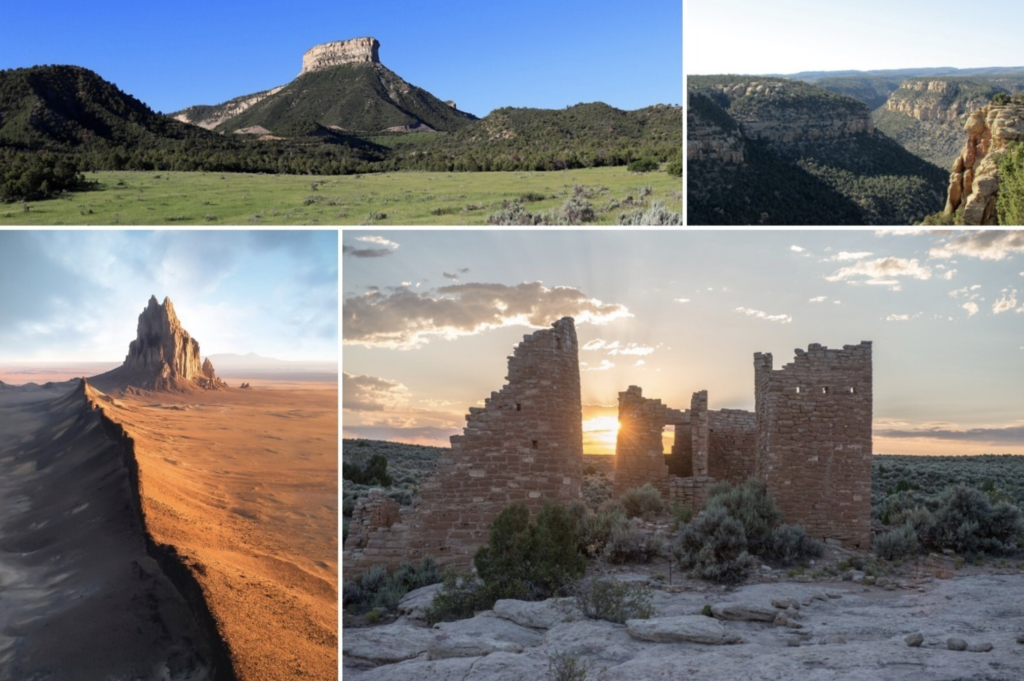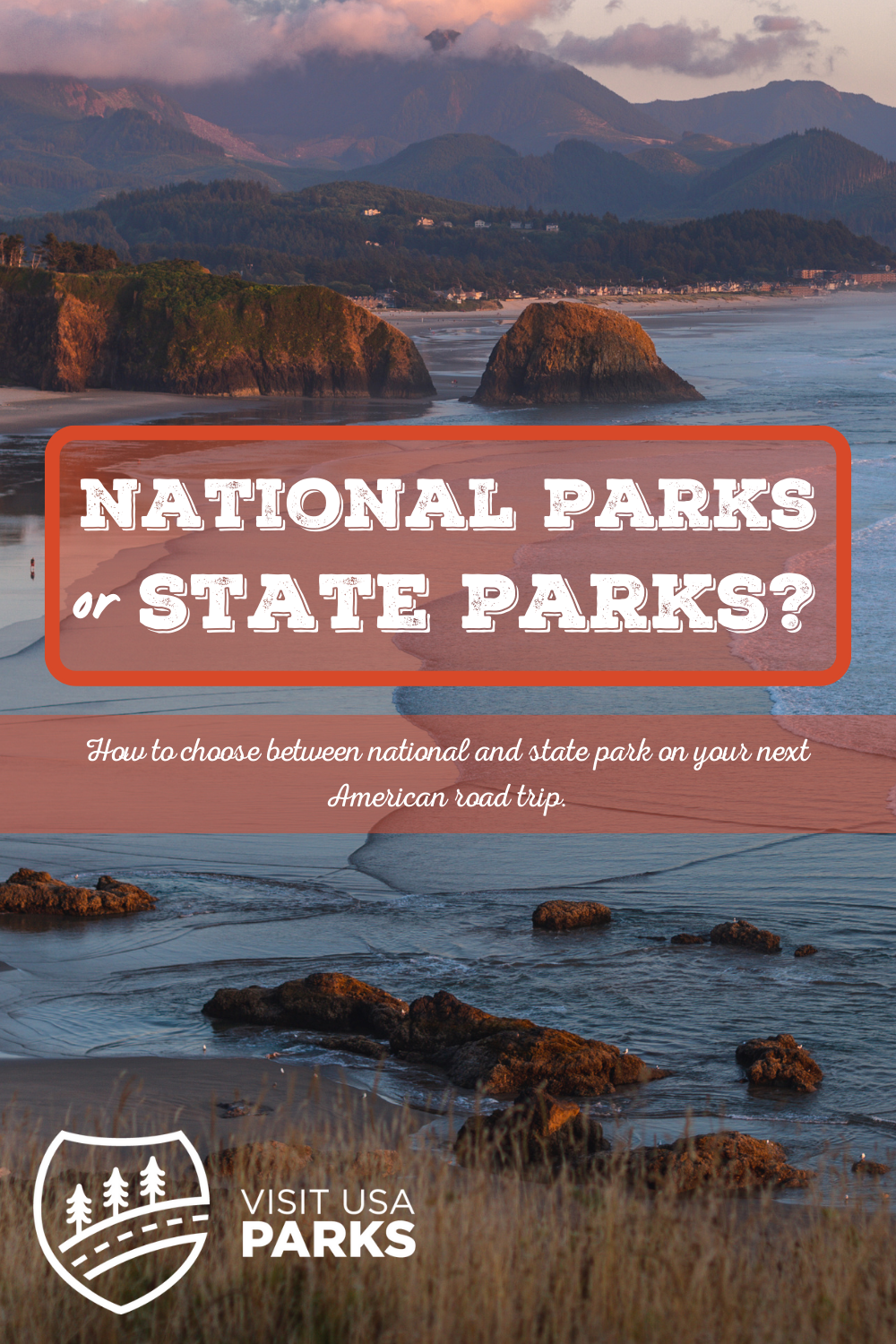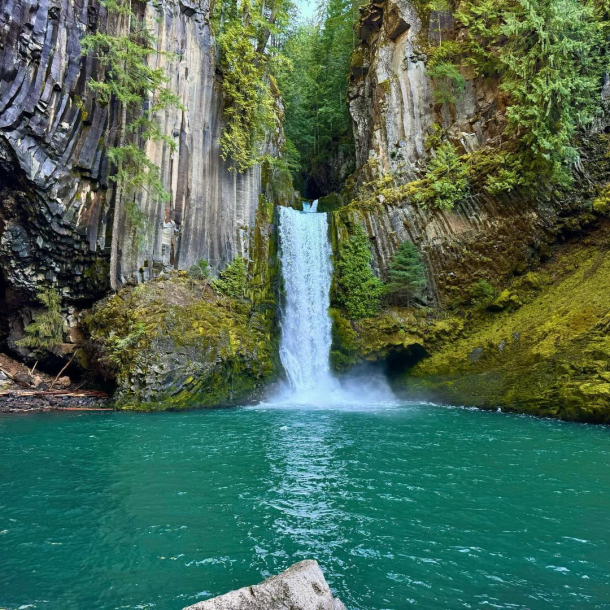Travel Tips
National Parks or State Parks?
National Parks: The Truth
There’s no doubt, national parks are the creme de la creme when it comes to the U.S. landscapes. But they’re not the be-all-end-all of beauty. In fact, a colossal number of state parks, national forest areas, and BLM areas are equally as impressive as their older superiors (think Dead Horse Point State Park). You might even argue that much of the world’s natural beauty lies outside national or state park boundaries—but that’s a whole separate debate.
State Parks, National Forests, and BLM Areas
I frequently stay in national forest areas, state parks, and BLM areas. The cost? Financially speaking, I save money. Camping in these areas generally costs less than $20/night. Quality-wise, nothing usually changes. I still wake up to lakes, streams, forest enclaves, plains—you name it. And these places are often quieter, even in the summer. Sure, national parks do have better facilities and yes, the landscape features are typically more impressive. There’s no alternative truth there. But state parks are still a great experience. In fact, you often get what national parks can’t offer: seclusion and the freedom to disconnect. At Zion National Park or Arches National Park, how often do you get a viewpoint to yourself? The short answer: never. But with state parks, it’s commonplace to have alpine woods, a crystalline lake, or an idyllic river to yourself. This is one of the top USA travel tips: get off the beaten track.
Smart Travel
The ideal outcome for any of us is to cover a lot of ground – but not at the cost of never having time to just relax. And we definitely don’t want to feel like a cog in a wheel. Otherwise, where’s the fun? Unless you’ve got a huge budget and a lot of time, you need to be clever with how you travel. Driving time, the size of a park, and food arrangements—these are just some of the things you’ll need to factor in. With that said, what does an ideal destination look like? Click here for family adventure tips.
National and State Parks: Bundled Itinerary Planning
For me, an ideal destination has at least one national park. One park should have plenty of hikes and things to explore and photograph. After that, I look for state parks, lakes, national forest and BLM areas. These places are great for camping and are usually sizable. Once I have a bit of the above, I feel confident I’ll have enough to do, and not at the cost of hours (or days) of driving. If you focus on covering less distance, you’ll get more for your buck. Destinations with shorter travel time between attractions are ideal (like Kanab, Utah, or Livingston, Montana). It’s not always easy to find places like this but they do exist, and here are a couple:
Cortez
Cortez is a small town in southwestern Colorado, 10 minutes away from Mesa Verde National Park. Not only that, it’s 40 minutes from Hovenweep National Monument, just over an hour from Shiprock Rock Formation, an hour from Chimney Rock National Monument, and 45 minutes from Aztec Ruins National Monument. Cortez is essentially loaded with places to visit that are within a reasonable driving distance. From camping in Colorado to sightseeing and general exploring, Cortez ticks boxes.
Moab
Another gem worth mentioning is Moab, Utah. It’s within thirty minutes of two of Utah’s ‘Mighty 5’ national parks: Arches National Park, Bryce Canyon National Park, Canyonlands National Park, Capitol Reef National Park and Zion National Park. Another notable attraction just 40 minutes from Moab is Dead Horse Point State Park (a should-be national park). Not only that, you’ve got the dunes just outside of Moab, and the Colorado river runs right through town. So, what are you waiting for?
5 KEY USA TRAVEL TIPS TO NOTE:
- Don’t pass up on on state parks, BLM land, or national forest areas, they will surprise you.
- Head off the beaten track to seek out the unfamiliar.
- Camping is an excellent way to save money on accommodation (think BLM land).
- National Park passes are worth buying for longer trips. After a few visits you’ll make up the cost of the annual pass.
- Choose quality over quantity. Unless you’ve got a big budget and a lot of time, it’s worth finding destinations that tick several boxes while minimizing driving time. America is big, so get exploring!







